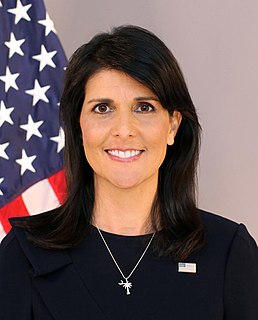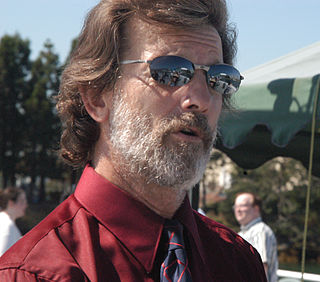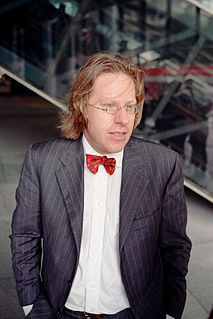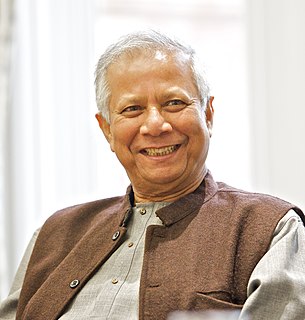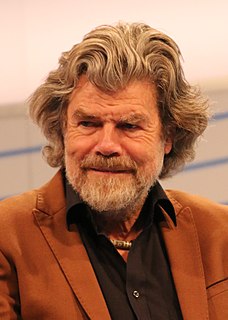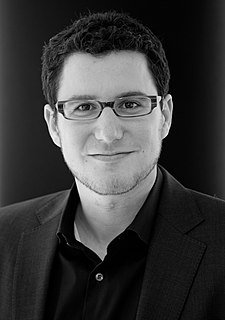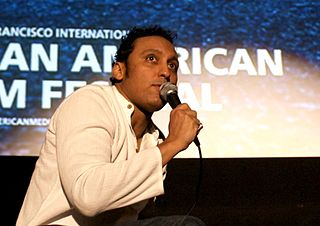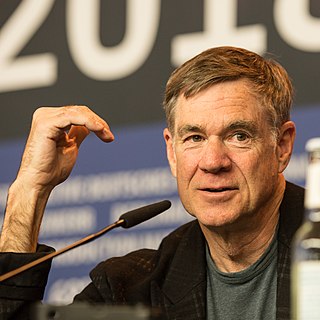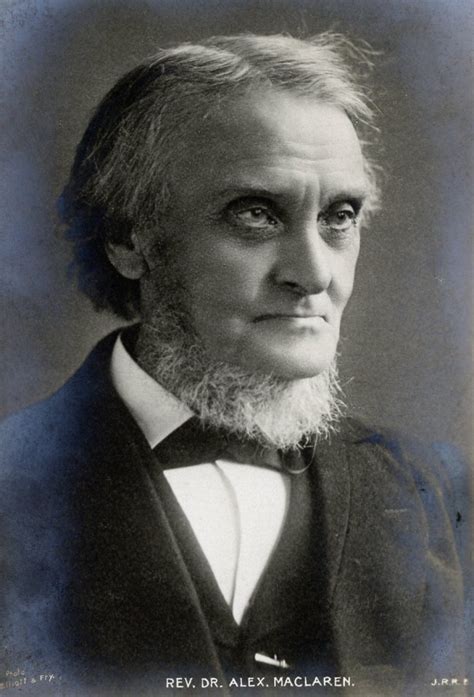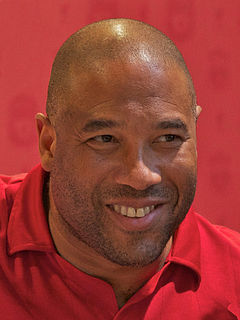A Quote by Edgar Schein
In most organizational change efforts, it is much easier to draw on the strengths of the culture than to overcome the constraints by changing the culture.
Related Quotes
Since the 1960s, mainstream media has searched out and co-opted the most authentic things it could find in youth culture, whether that was psychedelic culture, anti-war culture, blue jeans culture. Eventually heavy metal culture, rap culture, electronica - they'll look for it and then market it back to kids at the mall.
In Western culture, particularly North America, a lot of rules are descriptors for sociopathy: a general acceptance of lying as long as you win, an attitude of "me first," an attitude that what it looks like is more important than what it is. This makes it much easier for a sociopath to be camouflaged in our culture.
John Akers once said that changing IBM's culture was more difficult than getting elephants to dance. Of course it's really difficult, as Lou Gerstner also found out years later. The title of his own book is Who Says Elephants Can't Dance? He and his top executives were change masters at IBM. All organizations, especially the larger ones, will always need change masters. Dissatisfaction with the status quo and efforts to improve it should be encouraged rather than discouraged. Regrettably, that is often not the case.




